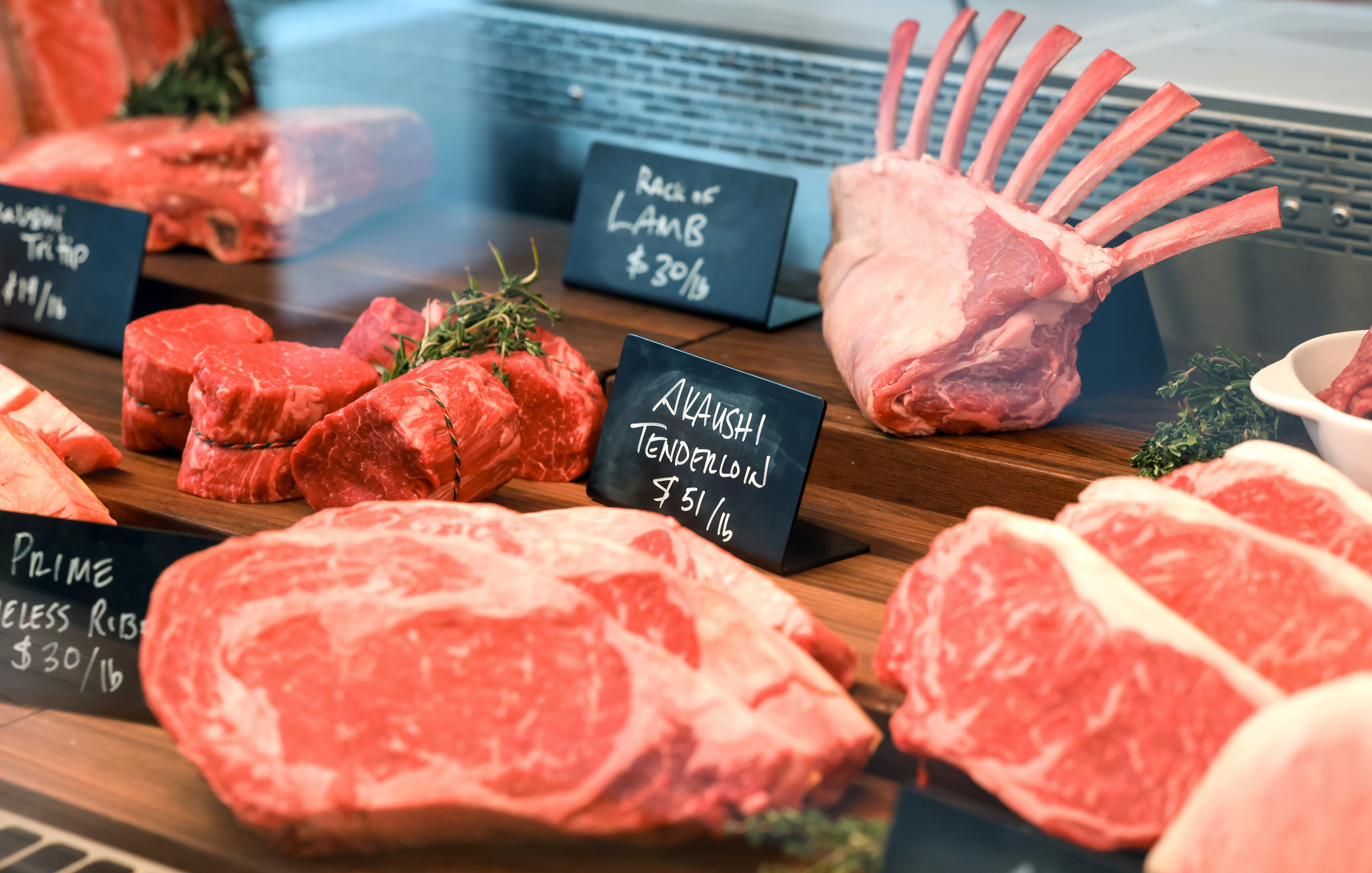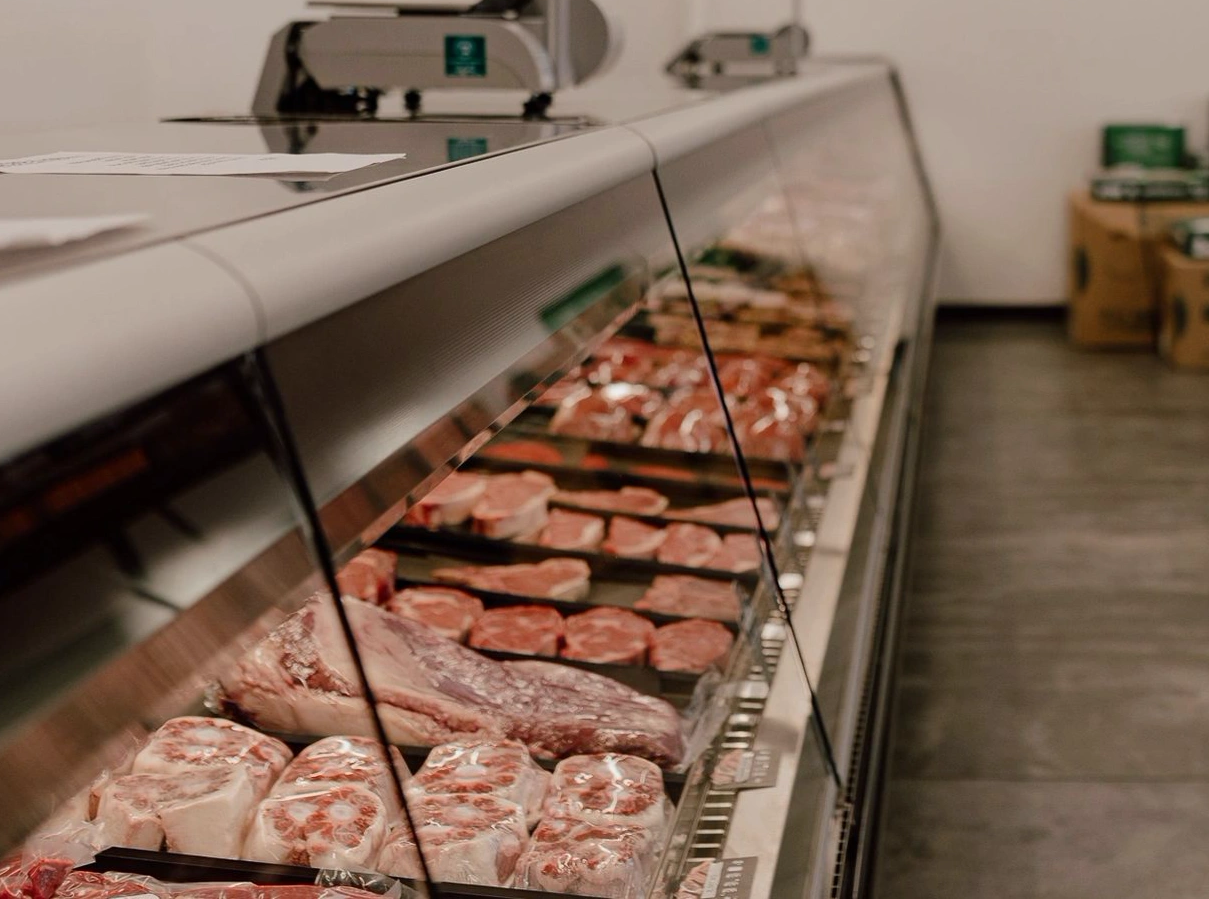Bagley Farms Meat Market Edwardsville IL: Your Go-To Destination for Neighborhood Meat Option
Bagley Farms Meat Market Edwardsville IL: Your Go-To Destination for Neighborhood Meat Option
Blog Article
Uncover the Art of the Butcher's Cut in a Modern Meat Market
In the ever-evolving landscape of contemporary meat markets, the butcher's cut has actually transcended its standard origins, merging old-time craftsmanship with modern practices. What really establishes the modern butcher apart is their ability to create a much deeper connection in between consumers and the beginnings of their meat.
Advancement of Butchery Methods

The mid-20th century saw butchery methods further refined by clinical understandings right into muscular tissue biology and meat aging, boosting both inflammation and preference. Developments like vacuum cleaner product packaging and refrigeration prolonged product shelf-life, allowing butchers to diversify offerings and improve quality control. This period additionally marked the surge of customized tools, such as band saws and meat slicers, which increased accuracy and effectiveness in meat processing.
Digital systems now aid in monitoring animal provenance and optimizing cuts to fulfill certain consumer preferences. In addition, a rebirth in artisanal butchery has arised, blending typical skills with contemporary knowledge to cater to customers seeking honest and lasting meat choices.

Recognizing Meat Cuts

Understanding the details of meat cuts is important for both butchers and consumers looking for high quality and worth. For butchers, accurate cuts show skill and regard for the craft, guaranteeing very little waste and optimum return.
The main categories of meat cuts consist of primal, sub-primal, and retail cuts. Primitive cuts, such as the loin, rib, and chuck, are the huge sections initially divided from the carcass. Butchers then break these down further right into sub-primal cuts, prior to ultimately creating retail cuts readily available to consumers, like ribeye or tenderloin. Each stage requires careful interest to physiological structure and muscle mass make-up.
Recognizing muscular tissue structure is essential; muscular tissues made use of much more frequently by the pet tend to be harder and are best matched for slow-moving cooking techniques, while less-used muscles, like those found in the loin, are much more tender and ideal for barbecuing or roasting. Experience with these distinctions equips customers to make enlightened selections, improving their cooking endeavors.
Selecting Top Quality Meat
Choosing the appropriate meat entails more than just picking an aesthetically appealing piece from the screen. The art of picking high quality meat requires a discerning eye and knowledge of certain features that go to this web-site symbolize quality and excellence. Pay interest to the color; beef must have a brilliant, cherry-red color, while lamb ought to show a soft pink tone, and pork a pale pink. This shows the meat is fresh and hasn't been exposed to oxygen for too long.
Second of all, take into consideration the marbling, which refers to the white streaks of fat within the muscle mass. Proper marbling is a key indication of inflammation and flavor, as it thaws during food preparation, improving the meat's juiciness. Bear in mind, greater marbling commonly correlates with premium top quality cuts, such as USDA Prime.
Appearance is one more critical element; meat ought to feel solid to the touch, not slimed or overly soft. Furthermore, bear in mind the scent. Fresh meat needs to have a clean, neutral odor, devoid of any type of sour or repulsive smells.
Coupling Cuts With Food Preparation Approaches
Successfully pairing cuts of meat with the appropriate cooking approaches is essential for accomplishing optimal flavor and texture. Different cuts vary in inflammation, marbling, and connective cells web content, each needing certain strategies to unlock their potential. Tender cuts like filet mignon and ribeye, with their fundamental marbling, advantage from high-heat, quick-cooking approaches such as cooking or pan-searing. bagley farms meat market edwardsville il These approaches enhance the meat's all-natural flavors and guarantee a juicy surface.
On the other hand, tougher cuts like brisket and chuck roast are abundant in collagen, which breaks down into gelatin when prepared slowly. These cuts are suitable for braising or slow roasting, allowing the meat to soften in time and create deep, complex flavors. Similarly, cuts such as short ribs and pork shoulder prosper with slow-cooking techniques, where expanded cooking times transform their durable appearances into delicious dishes.
Lamb shanks and oxtail, which call for prolonged cooking to tenderize, are excellent candidates for stewing or slow simmering. These techniques coax out abundant, passionate tastes while maintaining wetness. By understanding the one-of-a-kind features of each cut, chefs and home cooks alike can elevate their cooking productions, making certain each dish is both satisfying and unforgettable.
The Butcher's Duty Today
Navigating the advancing landscape of the contemporary meat market, the butcher's role today expands beyond plain preparation of cuts. Contemporary butchers are cooking craftsmens, instructors, and supporters for lasting methods. They bridge the gap between additional reading the ranch and the fork by making certain ethical sourcing, recognizing pet husbandry, and prioritizing openness in the supply chain. This change mirrors the growing customer demand for high quality over amount, where provenance and animal welfare are vital.
Along with crafting accurate cuts, butchers currently involve directly with consumers, supplying cooking advice and tailoring selections to suit private demands and preferences. Their expertise in meat aging, marbling, and flavor profiles encourages customers to make enlightened choices, boosting their culinary experiences. This tailored service exemplifies the butcher's evolving role as a trusted advisor in the cooking area.
Furthermore, butchers are critical in minimizing waste, using entire pets to produce diverse products such as sausages and stocks - bagley farms meat market edwardsville il. This comprehensive strategy not just values the animal yet likewise straightens with contemporary sustainability goals. By doing this, the modern butcher embodies both tradition and innovation, adapting to an ever-changing market while preserving the creativity and integrity of their craft

Verdict
Mastery in recognizing diverse meat cuts and quality indicators encourages butchers to provide informed referrals, lining up details cuts with optimal cooking techniques. By recognizing historic methods while embracing modern demands, the butcher's duty continues to be crucial in today's advanced meat market.
Report this page